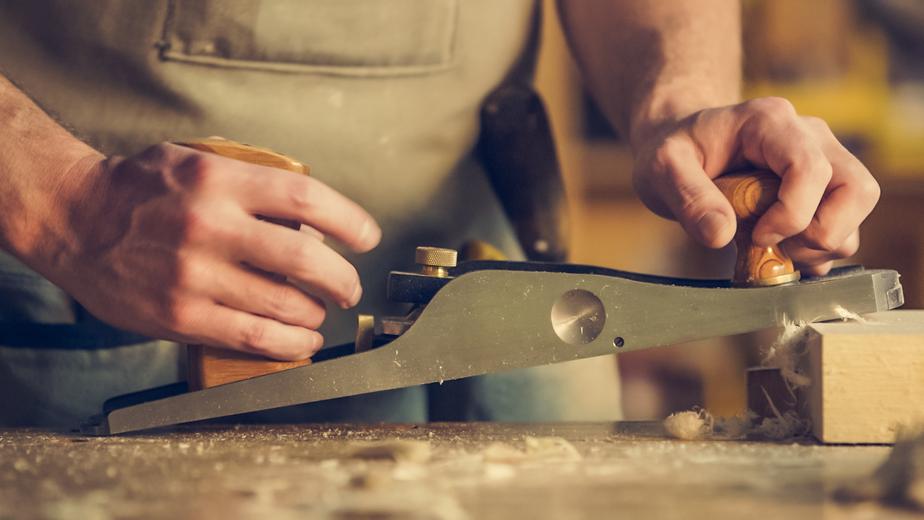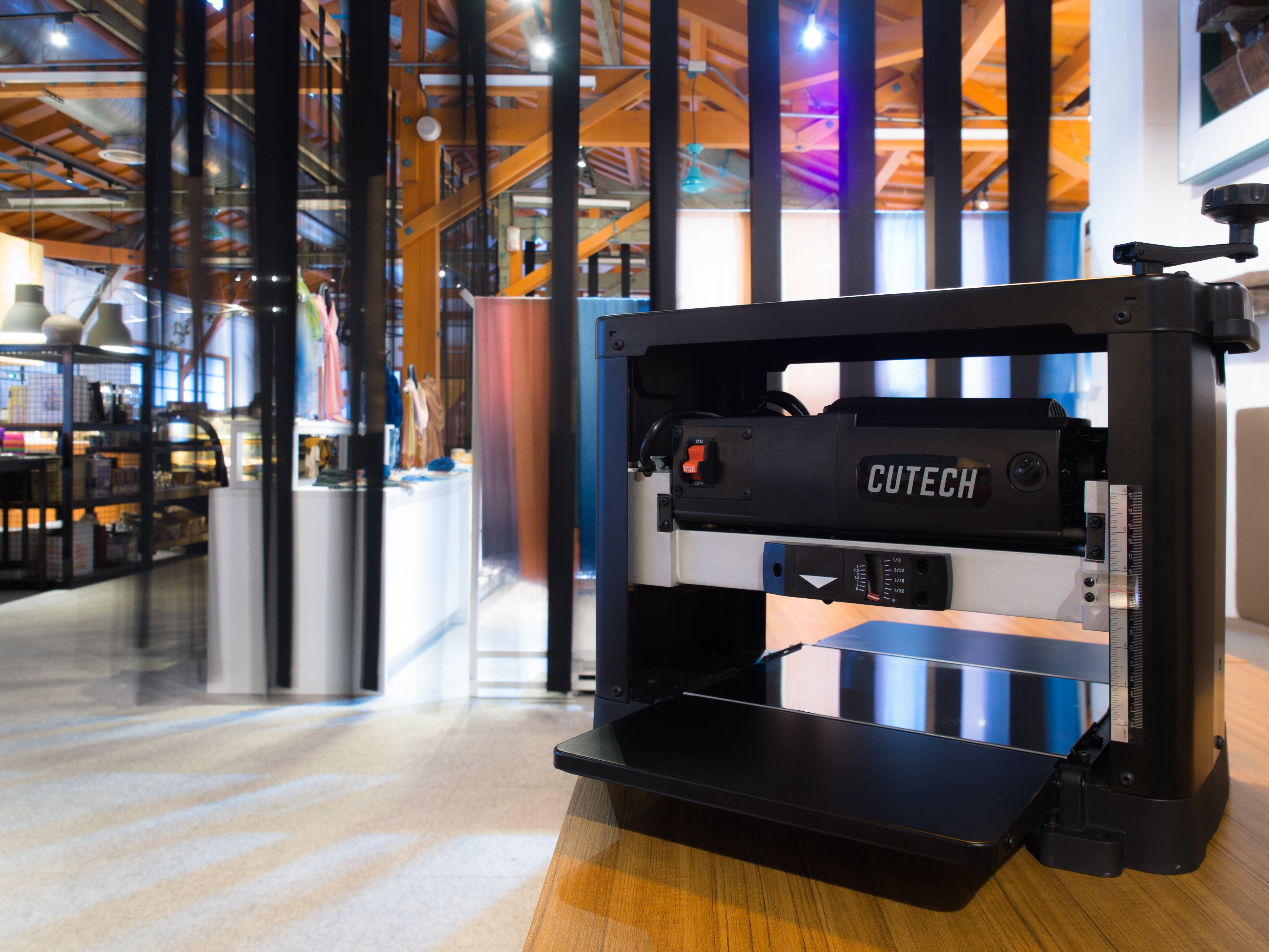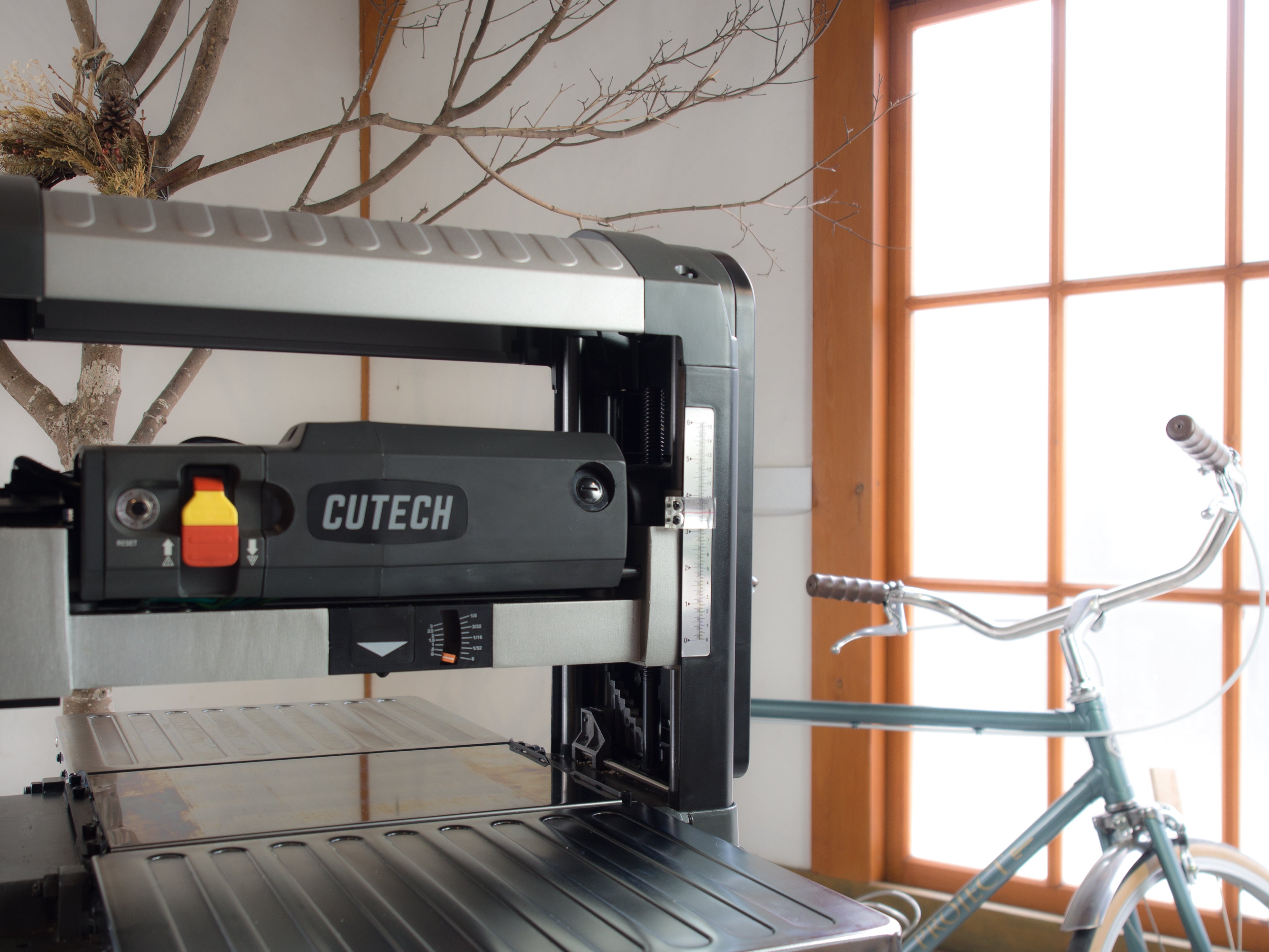We’ve all done it at least once, we’ve used a substitute tool in place of the right one for the job. For instance, using a screwdriver in place of a chisel, or using pliers when the job calls for a wrench.
While using a close-enough tool might be convenient, it can make the job more difficult, more time consuming, and even unsafe in the long run.
Using the right tool for the job can mean the difference between a professional-looking project and an unsatisfactory outcome.
If your woodworking project involves removing layers of wood, here’s a simple guide for deciding when to use a sander and when to use a planer.
Sanders: The Finishing Tools
If you’ve used a sander before it’s tempting to think of it as a thickness planer. After all, both machines are effective a removing surface wood.
But in reality, sanders are finishing tools, and using a sander to remove layers of wood can prove to be expensive and time consuming.
Compared to planers, sanders are very slow, removing minute amounts of wood with each pass. The need to make multiple passes often results in enormous heat buildup, resulting in burnt sandpaper, blown fuses, and damaged wood.
As a thicknesser, sanders can be expensive to use because you’re constantly replacing worn out sandpaper. So when you think of a sander, best to think of it as a finishing tool best used for fine woodworking.
Thickness Planers: Produce Boards of Even Thickness
Whereas sanders are used to alter the finish of wood, a wood planer is used to even out wood to an exact thickness.
Planers produce boards of even thickness. With a planer you can take several irregular pieces of wood and level them all to the same even thickness.
As uneven wood stock travels through the planer, the rotating cutter heads remove a preset amount of wood from each board. Thus, you can buy wood of any thickness and as long as it is of good quality, you can plane it to produce the thickness you want.
With a planer you can smooth rough lumber, clean up sawn edges and give new life to old wood. Each planed piece of wood can be used by itself or glued to other planed pieces for a thicker board or block.
Common projects from planed wood include cutting boards, woodcarvings, custom-planed spindles, and other craft items. In fact, anyone considering furniture making will find the planer indispensable.
Nothing beats owning a wood planer when you need to smooth boards and mill them to an exact thickness. You’re limited only by your imagination.
Check out the line of CUTECH planers to find the one that’s right for you.
So remember, using the proper tool for the job not only saves you time and money, but it can keep you safe from injury and ensure a professional-looking finish as well.
--
XZB




